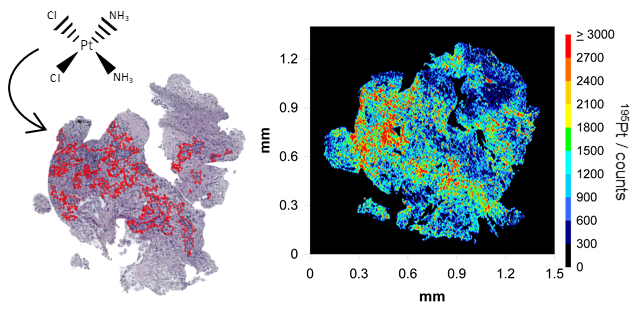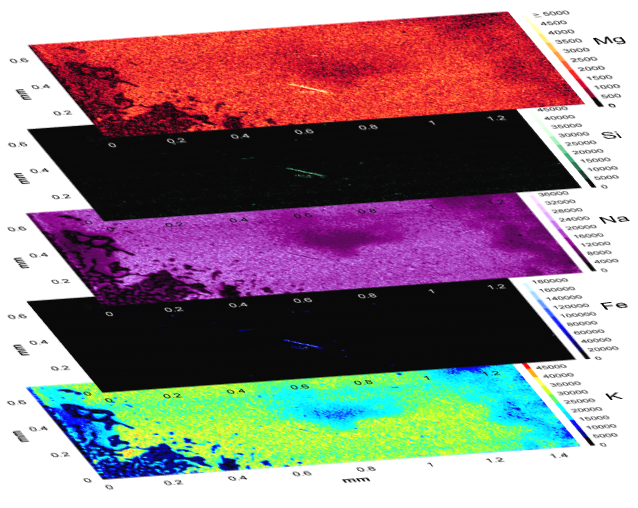Amy gained her BSc in Chemistry from the University of Leeds in 2009, followed by move to Loughborough University, where she was awarded an MSc in Pharmaceutical Science and Medicinal Chemistry in 2010 and a PhD in Analytical Chemistry in 2015. During her PhD, she collaborated with a pan-European consortium (‘The ONE Study’, EU-FP7), which looked at the evaluation of cell based therapies for use in organ transplantation. Amy’s role involved the design of instrumentation and analysis protocols to track cells on an individual cell basis. She followed this by securing an EPSRC funded Enterprise Fellowship, titled New Technologies for Single Cell Metallomics, which enabled her to commercialise her inventions in laser ablation technology. As part of this, she worked with Electro Scientific Industries to file a patent and to advance the project from proof-of-concept towards a world leading commercial product, the NWR image. Amy joined the academic staff as a Lecturer in Chemistry in October 2016. Her current research centres on the trace analysis of biological samples, with an emphasis on the rapidly emerging field of Metallomics.
Research areas
Amy’s research uses laser ablation - inductively coupled plasma - mass spectrometry (LA-ICP-MS) to deliver high speed, high sensitivity imaging of metals in biological tissues. Metals play a vital role in the proteome and in the development and treatment of diseases; thus their analysis has huge implications for the healthcare industry. Amy's work involves development of the underpinning instrumentation, software and methods required for imaging, followed by their application to a range of biological samples. Selected projects are outlined below.
Understanding drug resistance in cancer treatment
Pre-screening tests are central to providing personalised treatment approaches for patients. In collaboration with the University of Leicester, the distribution of the anti-cancer drug cisplatin was imaged in an 'explant' model of non small cell lung cancer. The LA-ICP-MS image (below, right) can be correlated to histological images of consecutive sections of the tissue (below, left), providing insights into drug resistance in cancer treatment. Further information is available in our publication: Anal. Chem. 2020, 92, 9847.

Identification of fibres in malignant mesothelioma models
Malignant mesothelioma is an aggressive cancer associated with exposure to asbestos, but diagnosis remains elusive due to difficulties surrounding identification and quantification of fibres in lung tissue. In a project with collaborators at Sheffield Hallam University and Nu Instruments, a prototype time-of-flight mass spectrometer was used to distinguish three forms of asbestos from a non-asbestos control, based on the elemental composition of fibres. For further information see J. Anal. At. Spectrom. 2020, 35, 2231.

Departmental responsibilities:
- Programme Director for MSc Programmes in Chemistry
Teaching responsibilities:
- CMB107: Further Topics in Chemistry
- CMC026: Extended Experiments
- CMD001: Research Project
- CMD302: Advanced Analytical Chemistry Option
- CMP015: Research Methods
- CMP058: Mass Spectrometry and Associated Techniques (Module Leader)
- CMP064: Innovations in Analytical Science (Module Leader)
- CMP056: Research Training Project (Module Leader)
We are always looking for talented and motivated students or postdocs with a strong background in analytical chemistry or related disciplines. We encourage potential applicants to submit general inquiries (including CV, research interests and list of publications, if applicable) to Dr. Managh directly via e-mail in the first instance. Formal applications must be made through the Loughborough University admissions system.
